Deck & Commander Strategies

Alesha, Who Smiles at Death
Aggressively attacks with first strike creatures while recurring small creatures from the graveyard to maintain pressure and generate additional tokens, leveraging synergy with cards like Kari Zev's Expertise and various recursion staples.
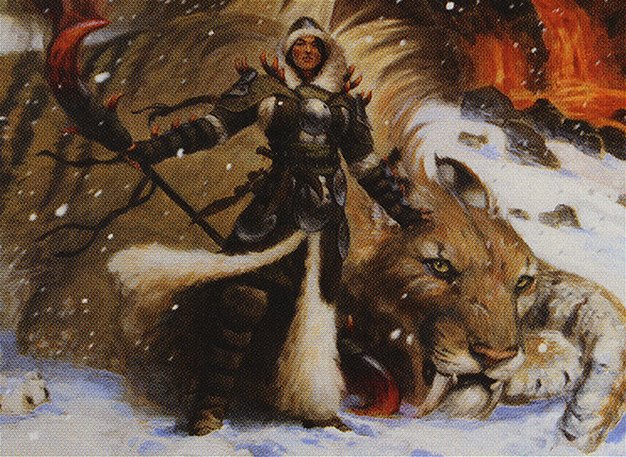
Yasova Dragonclaw
Utilizes her activated ability during combat to temporarily gain control of opponents' creatures, combined with sacrifice outlets and token generators to maximize value from stolen creatures and maintain board presence.

Tasigur, the Golden Fang
Exploits delve and graveyard mechanics to generate card advantage, disrupt opponents by forcing discards, and reuse powerful spells from the graveyard to control the game state.

Shu Yun, the Silent Tempest
Focuses on casting noncreature spells to grant double strike to creatures, supported by spell-slinging with cards like Monastery Mentor and Young Pyromancer to create tokens and apply continuous combat pressure.
Gameplay Insights
- 1
Alesha's ability to recur multiple small creatures each combat allowed for sustained aggression and board presence, turning small creatures into a formidable threat.
- 2
Yasova's combat-phase creature theft combined with sacrifice outlets created constant pressure and disrupted opponents' strategies by temporarily removing their key creatures.
- 3
Tasigur's graveyard-centric strategy enabled effective card filtering and disruption through discard effects like Sadistic Hypnotist and Cruel Entertainment, maintaining resource superiority.
- 4
Shu Yun's synergy between noncreature spells and double strike boosted combat damage output significantly, especially when combined with token creators like Monastery Mentor.
- 5
Key board wipes and discard spells shifted momentum multiple times, highlighting the importance of resource management and timing in multiplayer Commander games.
- 6
The interplay of Khans of Tarkir mechanics and colors provided thematic and strategic depth, with each player leveraging unique tribal and mechanic synergies.
Notable Cards
-
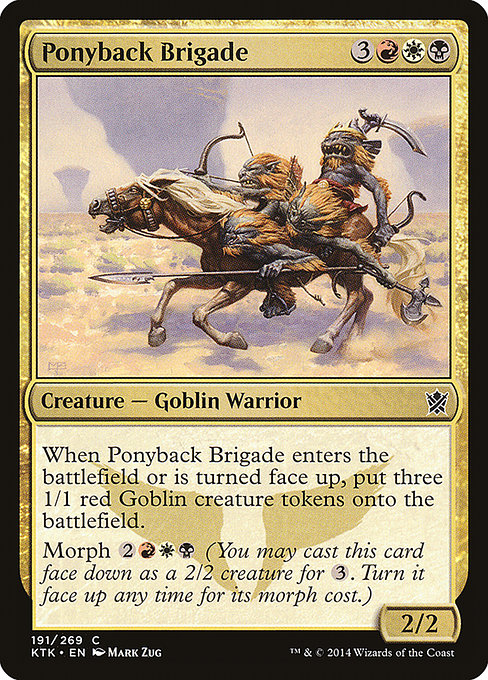
Ponyback Brigade
-
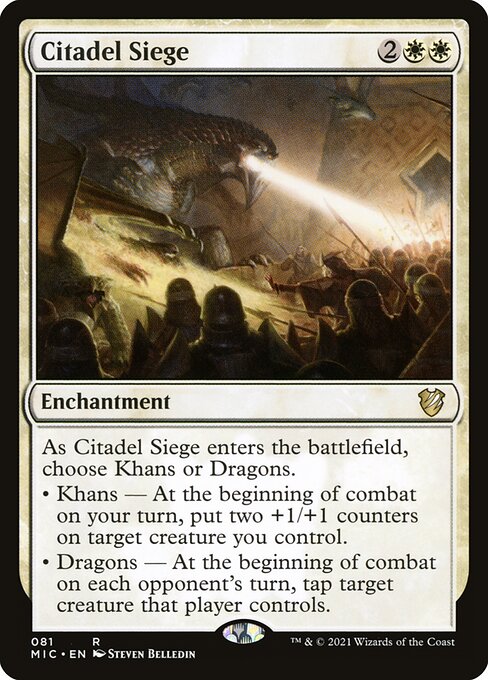
Citadel Siege
-
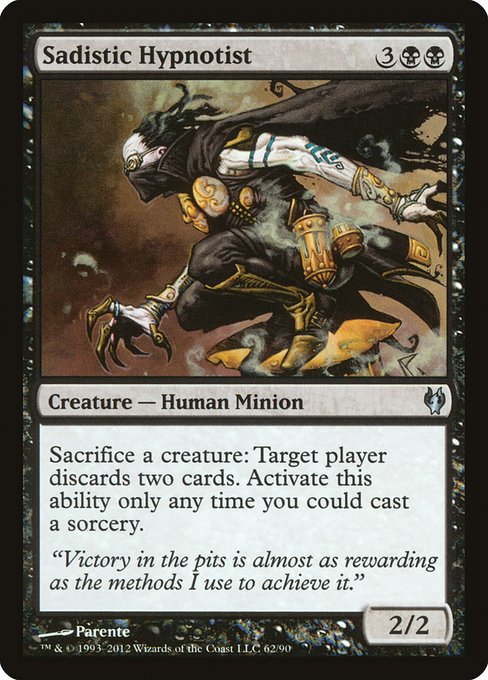
Sadistic Hypnotist
-

Greater Good
-

Monastery Mentor
-

Young Pyromancer
-
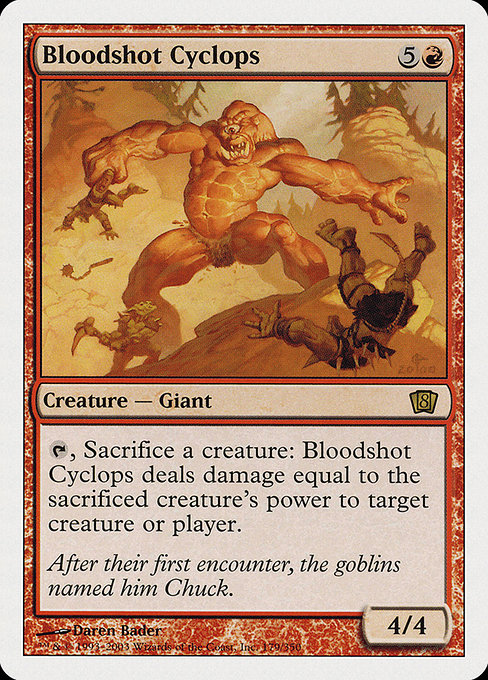
Bloodshot Cyclops
-
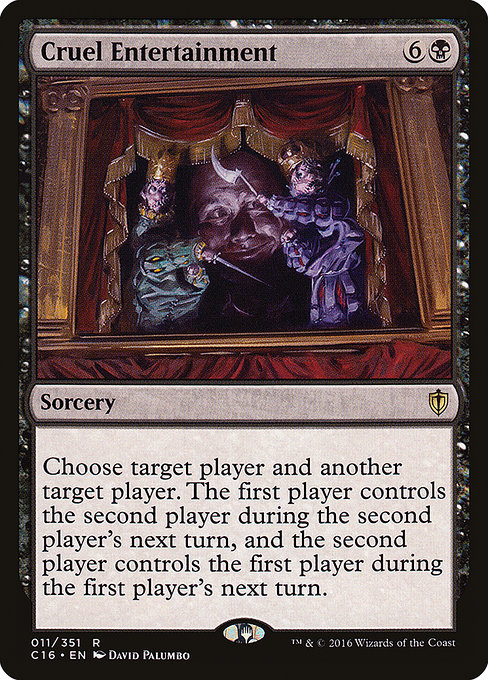
Cruel Entertainment
-
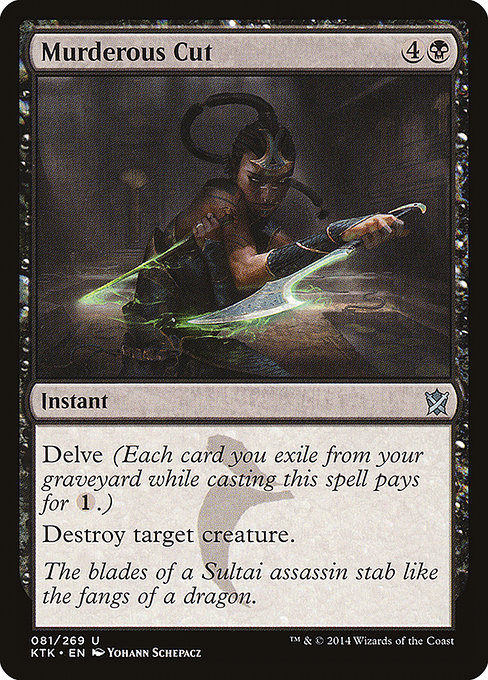
Murderous Cut
-

Empty the Pits
-
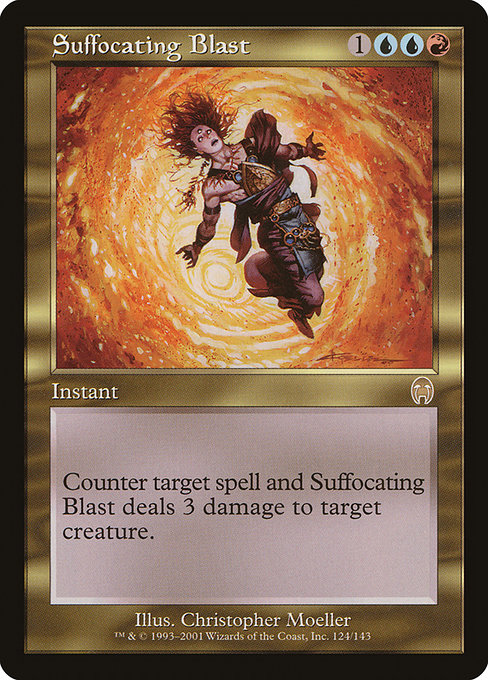
Suffocating Blast
-

Fact or Fiction
Gameplay Summary
The multiplayer Commander game featured four Khans of Tarkir-themed decks, each piloted by a different player.
The game started with a focus on setting up synergies around each general's unique abilities.
Alesha, Who Smiles at Death, leveraged her ability to return small creatures from the graveyard upon attacking, generating board presence through token creation and recursion.
Yasova Dragonclaw's deck capitalized on her combat-phase activated ability to temporarily steal opposing creatures, further supported by sacrifice outlets and token generation to maintain board control.
Tasigur, the Golden Fang, utilized his delve and graveyard interaction to generate card advantage and disrupt opponents, while Shu Yun, the Silent Tempest, aimed to build a swarm of creatures empowered by spells that grant double strike, creating strong combat pressure.
Throughout the early and midgame, the players jockeyed for board control, using discard effects, removal spells, and recursion to maintain tempo and resource advantage.
![Commander Versus Series: Deck Tech - Alesha v.Yasova v. Tasigur v. Shu Yun [MTG Multiplayer] thumbnail](https://i.ytimg.com/vi/kaP2tpQL_pM/maxresdefault.jpg)

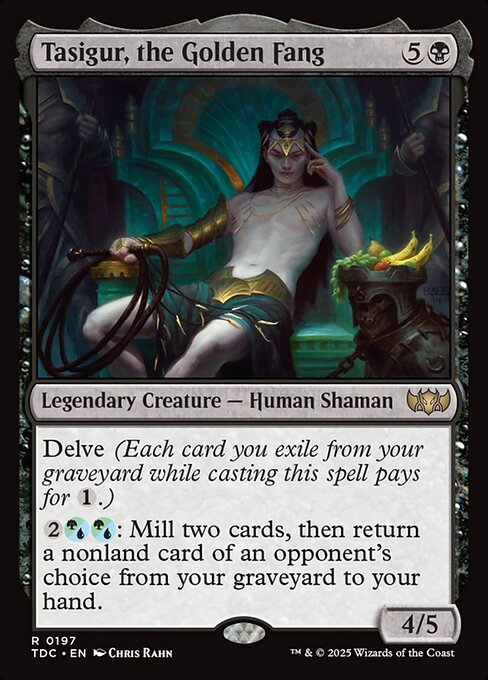

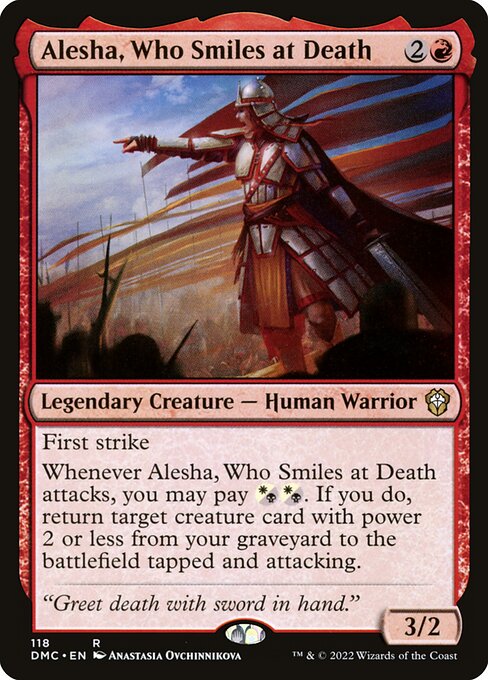

![Commander Versus Series: Alesha v.Yasova v. Tasigur v. Shu Yun [MTG Multiplayer] thumbnail](https://i.ytimg.com/vi/H-r66JJFVLQ/sddefault.jpg)



![Commander VS S14E6: Depala vs Zur vs Tasigur vs Jeleva [EDH] thumbnail](https://i.ytimg.com/vi/5ukCL9oaRww/sddefault.jpg)
![Commander VS S7E1: Dune-Brood vs Ulasht vs King Macar vs Tasigur [MTG] thumbnail](https://i.ytimg.com/vi/Pgz8174J9dw/sddefault.jpg)
![Commander VS S5E1: Liliana vs Tasigur vs Kangee vs The Mimeoplasm [MTG Multiplayer] thumbnail](https://i.ytimg.com/vi/u35l-cgkQEY/sddefault.jpg)
![Commander VS S12E7: ??? vs ??? vs ??? vs ??? [EDH] thumbnail](https://i.ytimg.com/vi/RtpgM-nfHno/sddefault.jpg)
![Commander VS S3E3: ????? vs ????? vs ????? vs ????? [MtG: Multiplayer] thumbnail](https://i.ytimg.com/vi/zUR3AeqZkPU/sddefault.jpg)






















